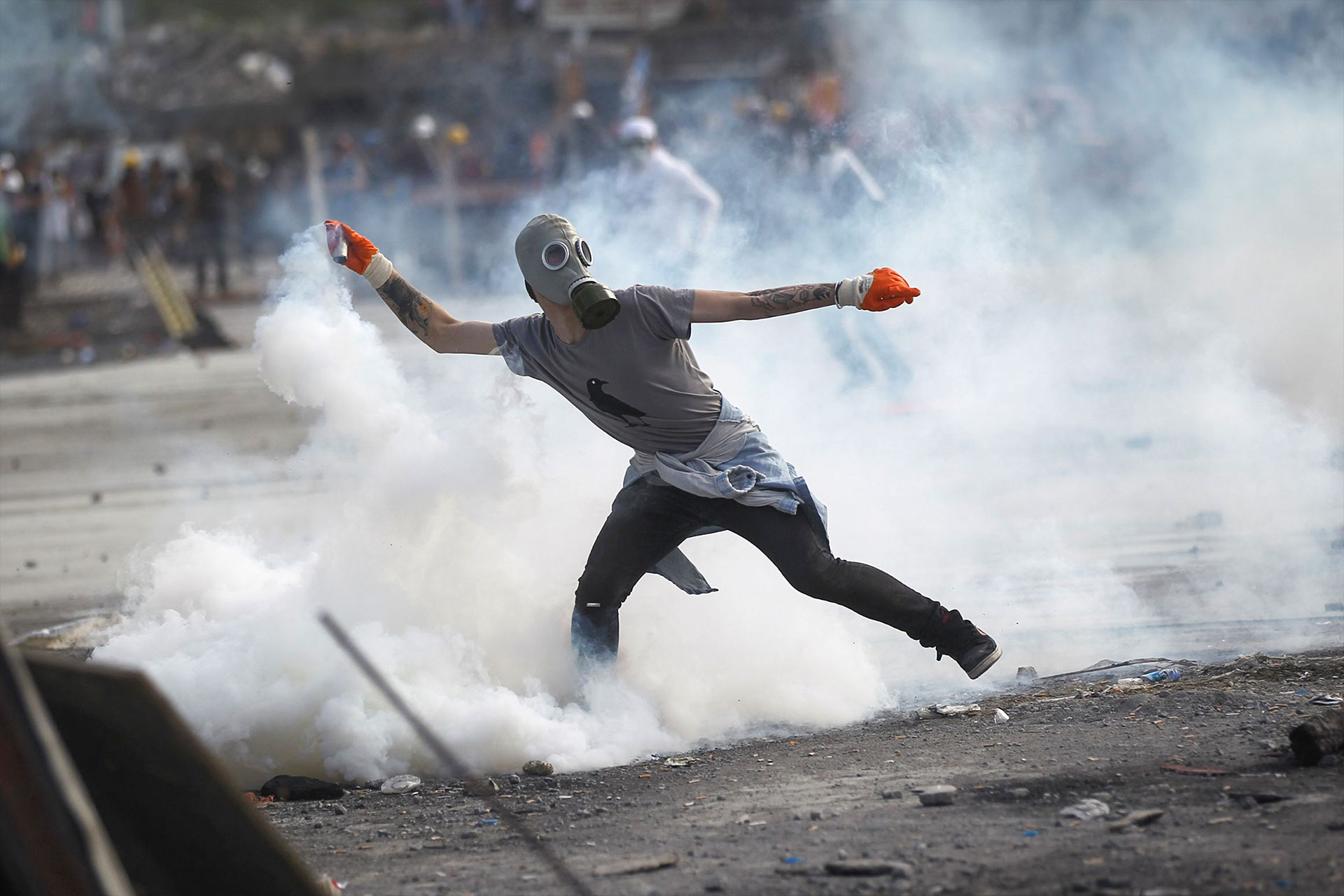Across the globe in 2022 we have seen a rise in civil unrest from Russia’s invasion of Ukraine to Sri Lanka declaring a state of emergency due to an economic and political crisis.
Civil unrest may include political conflicts, demonstrations, strikes, activists, revolutions, rioting, rebellion, and sectarian violence and will range in severity level.
Effects on Travel
Civil unrest has a widespread effect to travel, from road closures to the banning of all non-essential travel to a country. Prolonged periods of unrest can present various challenges to travellers, due to their unpredictability and continuously evolving nature.
- Travellers can become cautious and anxious towards travel during periods of unrest
- Communication and social media blackouts
- Civil unrest is not typically covered by travel insurance
- Traffic congestion
- Curfews can be implemented in certain locations
- Travel restrictions can be imposed
- Local law enforcement may react in a heavy-handed manner, causing injury to bystanders
- Operational impacts such as missed meetings, deadlines and contracts
- Damage to key infrastructure airports, roads etc.
Challenges of Travel
A country and sublocations situation can change rapidly, one day or month a destination may be deemed low / medium risk and the next a situation may escalate quickly and result in an critical risk rating.
The cause of unrest is often linked to the political or economic instability of a country. Certain events can also lead to conflict for example, elections and change of leadership. Some of the rise of civil unrest this year worldwide can be attributed to the increase of inflation and energy costs, resulting in high-profile discontent and large-scale protesting.
GlobalData forecasts that global inflation will rise to 7.5% by the end of 2022, driven by food, fuel, energy, and supply chain disruption, which may trigger more civil unrest in the months ahead.
Keeping updated
Keeping informed of developing situations in today’s busy world can be difficult without professional help. At Securewest we employ a five-tiered risk methodology to enable the selection of appropriate mitigation measures and comparison of different geo-areas. See the below table the civil unrest risk levels and their definitions
|
|
Definition |
|
CRITICAL |
Mass violent protests occur very frequently. Demonstrations have a critical impact on business continuity and violence is large-scale. Security forces are unable to deal with violence at demonstrations. Rioting is a very regular occurrence causing considerable economic damage and major threat to human life. |
|
HIGH |
Large-scale protest actions occur frequently and cause significant disruption. Strikes cause complete shutdown of entire industries or sectors. Security forces struggle or are unable to cope with protests and instead cause antagonism, often resulting in violent clashes. Rioting occurs periodically causing economic damage and potential threats to human life. Regular mass violence between polarised communities. |
|
MEDIUM |
Frequent protests often cause disruption. Strikes affect multiple sectors or cause shutdown in a single sector. Security force capability is generally satisfactory but presence at demonstrations sometimes result in violent clashes. Foreign interests maybe affected but are not generally targeted. Communities polarised, with regular small-scale violence. |
|
LOW |
Infrequent to regular protests cause some disruption. Occasional strikes cause localised disruption but are neither systemic nor sector focused. Localised internal communal tension and rare violence between individuals. Mass peaceful protests. Security forces are able to contain protests or disperse with acceptable levels of force. Violent clashes are rare. |
|
NEGLIGIBLE |
Stable economic and political situation. Infrequent and non-violent protests. Protest issues are effectively resolved within accepted legal framework. Labour situation largely stable with infrequent localised strikes. Inter-communal harmony. |
A risk level can help you see at a glance if a place is safe to travel, however there are many factors which should be taken into consideration.
Recommendations
Research
Researching your destination helps you reduce the risks and pre-travel training increases your awareness of the risks from civil unrest. Country risk assessments are a useful source of information and for Securewest clients can be accessed through your SPHERE app.
Keep Informed
Conflict can be unpredictable and monitoring destinations regularly by receiving notifications and alerts will keep you informed. A travel risk management provider, like Securewest, will send you alerts based on your location or the destination you are travelling to. These alerts are categorised into high, medium and low risk levels and not only provide details of an incident, they will give advice and recommendations for business travel.
Crisis Plan
Not every incident can be planned for so it is important to have safeguarding measures in place if there is a problem. Having an evacuation plan, identifying a safe place and ensuring you have basic provisions is critical. Read more about our Evacuation Plan services.
Communicate
Having one point of contact makes it easier while you are away. A Travel Risk Management company will have a 24 hour / 7 day a week assistance centre so wherever you are in the world you can receive support including medical, security or insurance. Check-ins and locational services can provide reassurance to your organisation.
In country Media
If you are in-country, follow local advice for travel restrictions and check local media for official communications and instructions.
Being prepared and keeping informed can reduce the overall impact of civil unrest on a traveller and organisation. For more information regarding our Travel Risk Management services including our Global Alerts please contact sales@securewest.com. Keep your workforce safe – we are currently offering a free demo and 30 day free trial of our platform.

 Risk Level
Risk Level